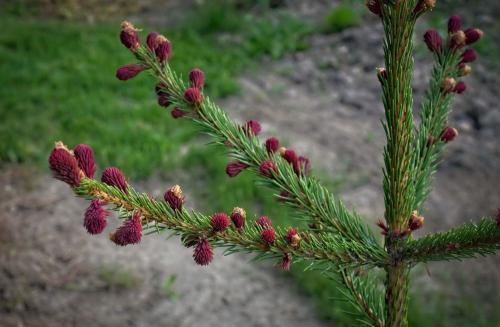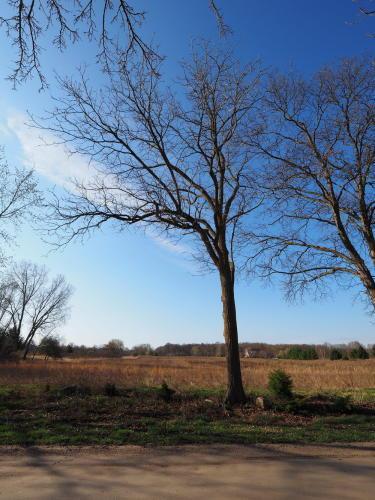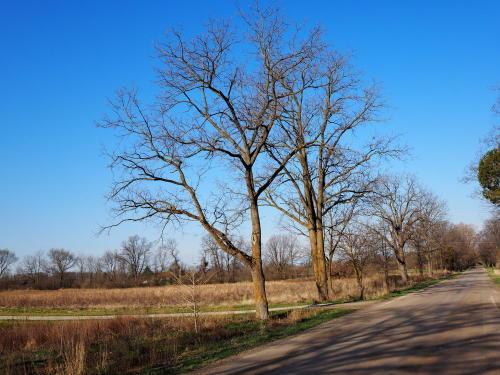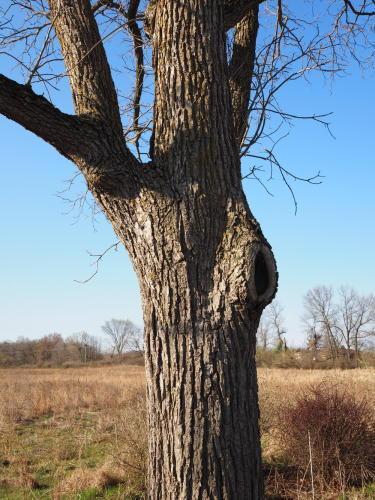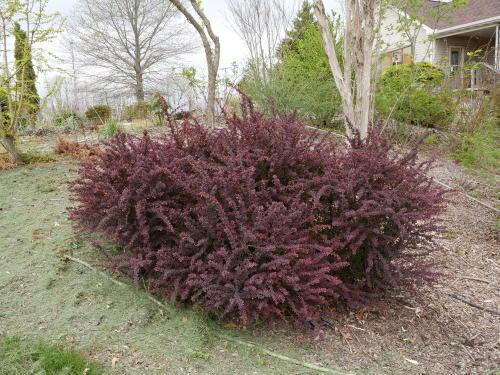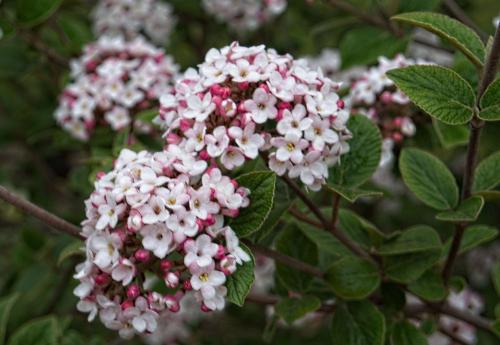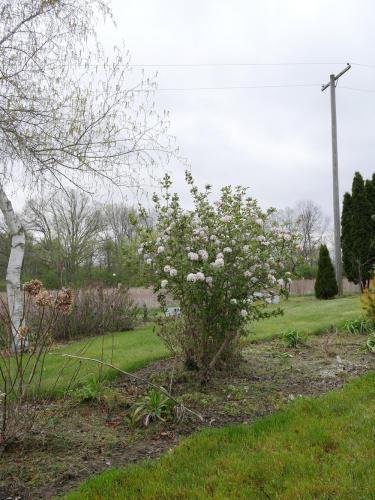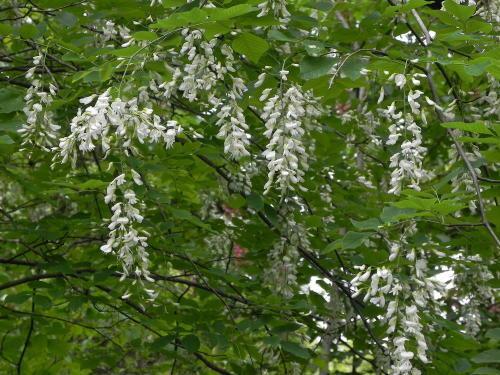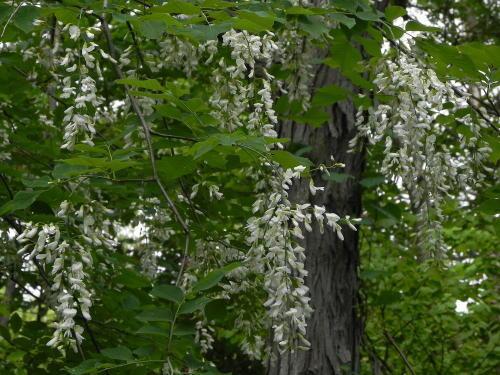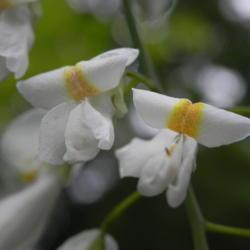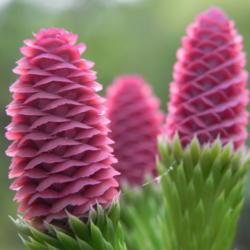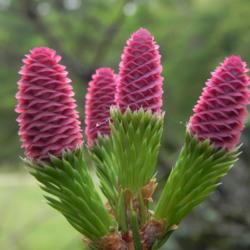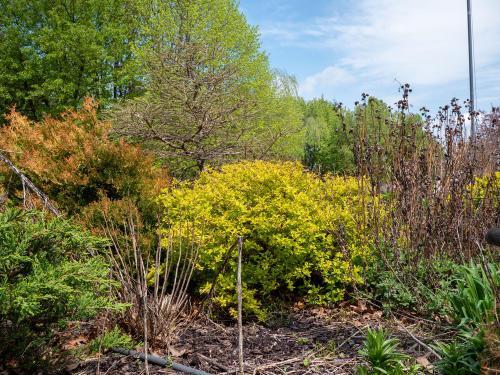Picea abies 'Rubra Spicata' 5/2021 Norway- (Sweden 1970s) Red Tipped Norway Spruce, Size at 10 years: 8x3', new foliage scarlet, USDA Hardiness Zone 3, Michigan Bloom Month 5a, In Garden Bed N3,04 O for 6.8 YEARS (Stanley). Planted in 2014.
American Conifer Society: Picea abies 'Rubra Spicata' is a upright-growing, tree form of Norway spruce, growing slightly slower than the type, but otherwise, has species typical structure, branching and foliage with one exception — it's spring flush of new growth is deep scarlet red, later fading to muddy brown, then finally to dark-green. The duration of this summer spring display is entirely weather dependent. If given a cool, damp spring, the red flush will last up to a couple of weeks. If it's hot and sunny, the red lasts for only a couple of days, if that.
After 10 years, a mature specimen will measure 6 feet (1.8 m) tall and 4 feet (1.3 m) wide, an annual growth rate of 6 to 8 inches (15 - 20 cm).
This cultivar originated at some point at the Botanical Garden of Gothenburg, Sweden and first propagated in the early 1970s by Tage Lundell of Helsingborg. Wansdyke Nursery of Devizes, Wilts, United Kingdom is credited with promoted it and widely introducing it to the nursery trade. Unless the cultivar name can be proven to have been published by the Botanical Garden of Gothenburg prior to 1959, it must be considered to be illegitimately named. "Rubra Spicata" translates into "Red Tipped" in the Latin language.
An upright plant with new foliage coming out scarlet, fading to muddy brown, then finally to dark-green. Plant grows about 1 foot a year. Small needles, like orientalis. Planted 2014.
Photo by F.D.Richards, SE Michigan. Additional photos of this plant from 2014, 15, 16, 17, 18, 19, 20, 21:
https://www.flickr.com/search/...

